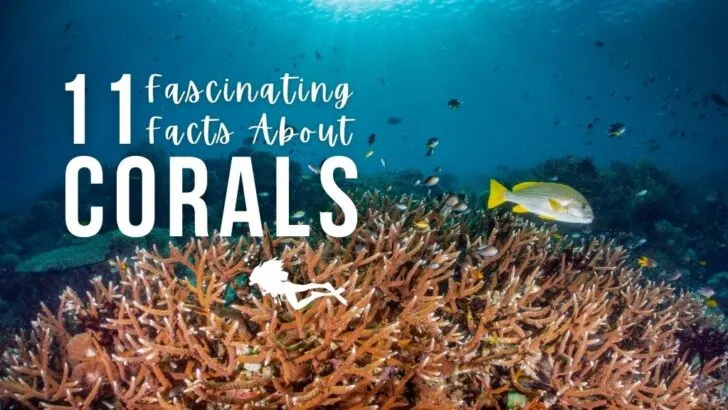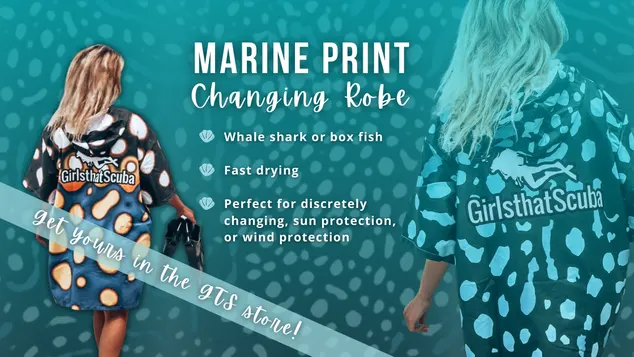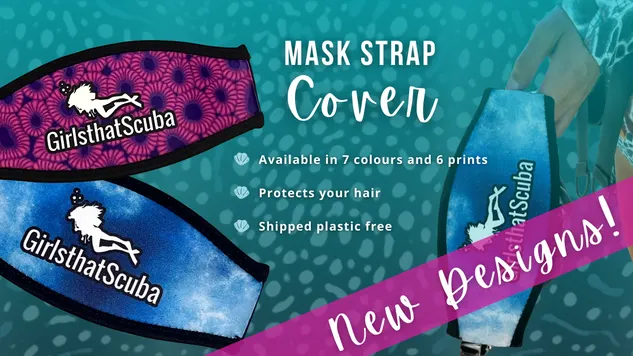Few sights on Earth can compete with the breathtaking beauty of a healthy coral reef. What’s more, if you delve a little deeper into facts about coral, you’ll realise there’s lots more to coral than meets the eye.
Corals are incredible organisms that sustain marine life, support global food supplies and protect our coastlines. They’re also a source of potential medicines and they boost global economies via tourism.
Here, we’ll start with a recap on coral biology then discuss some fascinating coral facts. And, in case this gets you itching to put on your dive gear, we’ll mix in some of the world’s best dive locations for corals as we go!
What are corals?
Before we dive into our coral facts, you might be wondering exactly what are corals? Here’s a recap on some basic coral biology:
- Corals are living animals
- An individual coral is called a polyp (and they’re tiny!)
- Polyps have long tentacles and look a bit like an upside-down jellyfish
- Multiple polyps come together to form the large coral structures we are familiar with
- Corals typically have a type of algae (known as zooxanthellae) living inside them
- There are hard and soft corals – the hard ones form coral reefs!
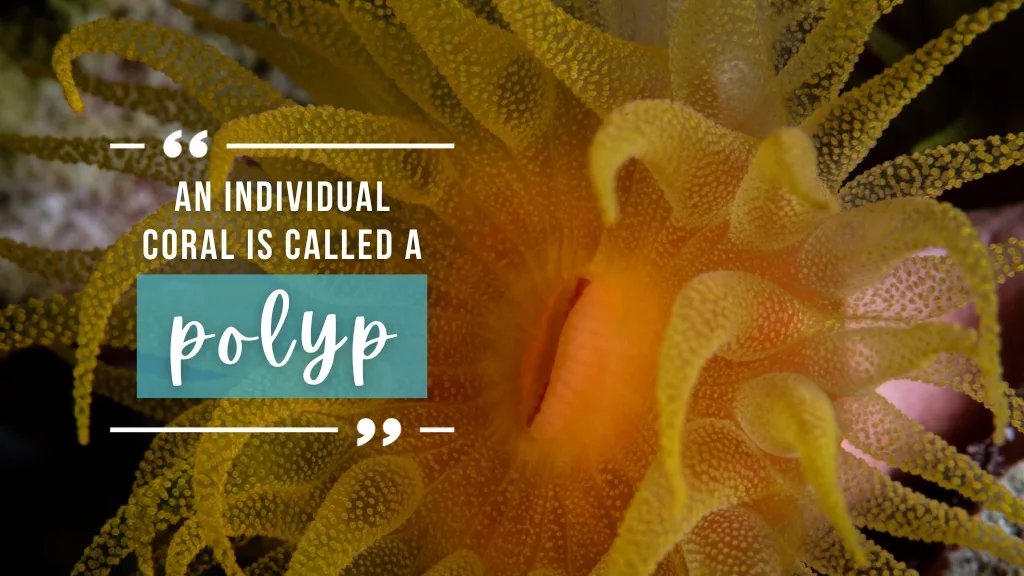
1. Corals use algae to feed
Algae are so small that they make a great snack for small fish, crustaceans and other creatures. By hiding within corals, they can protect themselves while they soak up the sunlight.
Algae absorb sunlight to get their energy, and they release waste products at the same time. Fortunately, corals like to eat these products, so they get a free meal from their resident algae.
As the corals feed, they release substances that benefit the algae – so it’s a win win. Relationships like this (where both partners benefit) are known as symbiotic relationships.
2. Corals eat where they poop
Although corals get roughly 90% of their food through algae, they also top up their energy levels by snacking at night.
Individual polyps use their long tentacles to capture food particles that float by. Then, they push this food into an opening that acts as their stomach… and also as their anus.
If you’re keen to see this live in action, night dives in the Maldives could be the way to go for your next trip.
3. Coral reefs are the rainforest of the sea
This is because rainforests and coral reefs are two of the most diverse ecosystems on the planet.
In fact, approximately 25% of marine life depends on coral reefs at some point in their life. This includes not only 4,000 fish species but also various plants and other animals.
If you’re keen to witness the exceptional biodiversity of coral reefs first hand, you should consider a trip to the Coral Triangle. This marine area is made up of the waters surrounding Indonesia, Malaysia, Philippines, Papua New Guinea, Timor Leste and Solomon Islands.
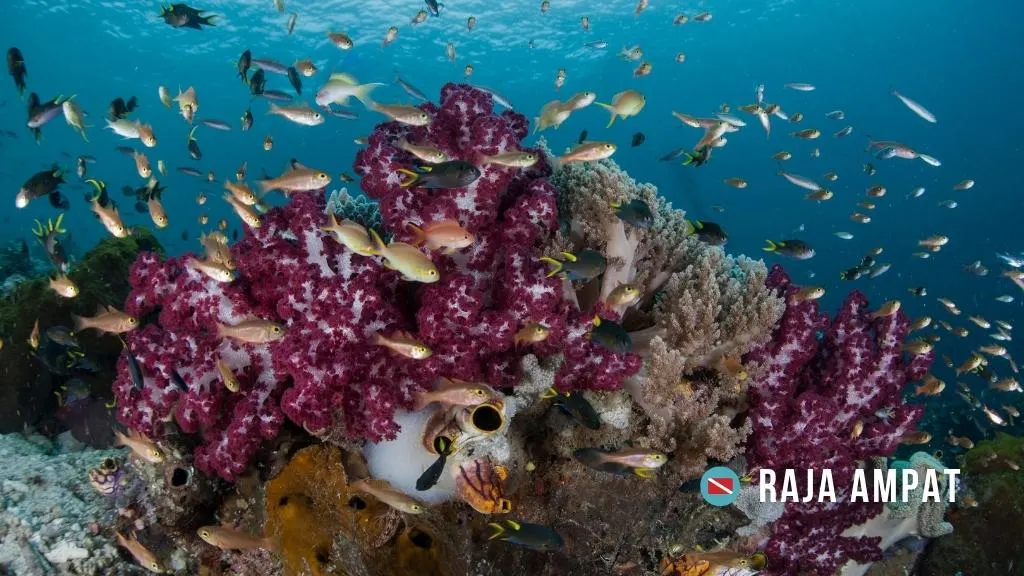
Within this area, Raja Ampat in Indonesia is considered a particularly diverse hotspot. This makes it a hub for scuba divers as well as marine conservationists.
4. Coral reefs are nurseries for marine life
Although coral reefs are important for all types of marine life, they’re super important for juvenile (young) creatures.
This is because animals are especially vulnerable when they’re small, and reefs are the perfect place to hide from predators. Other safe havens for marine juveniles include seagrass meadows and mangrove forests.
5. Coral reefs protect our coastline
If you’ve spent much time by the coast, you’ve probably seen how much power waves can have behind them – especially during a storm. Over time, this can lead to coastal erosion through various mechanisms.
For instance, waves contain small particles that grind rocks down when they crash. They can force pebbles and other objects to collide, causing fragmentation into smaller and smaller pieces. This is known as attrition. Also, chemicals in the sea – like salts and acids – can dissolve some types of rock.
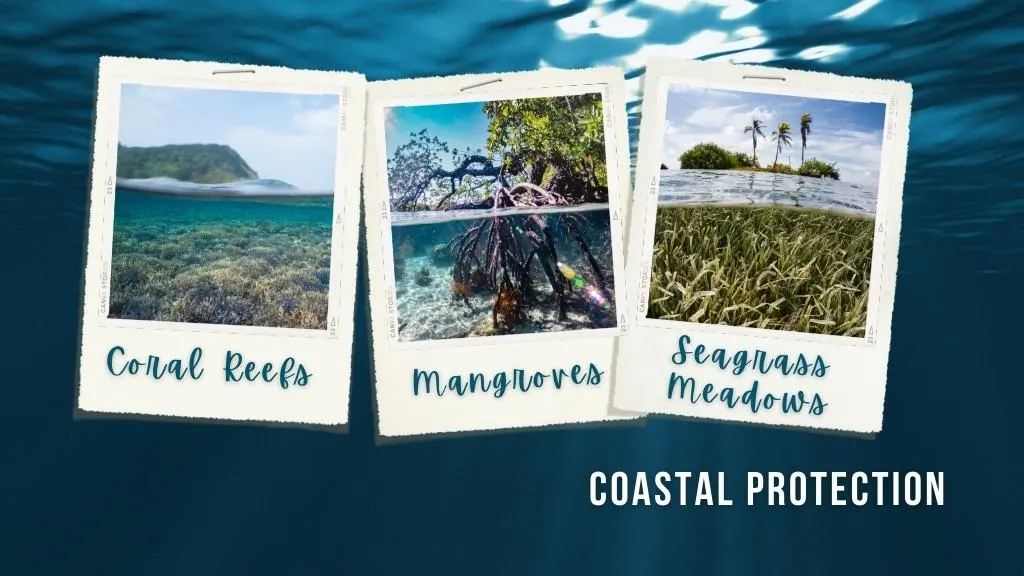
Fortunately, coral reefs are natural defences that absorb the brunt of powerful ocean waves, protecting our shorelines from their impact. What’s more, through overlapping mechanisms, coral reefs also protect our coast from the impact of floods and storm surges.
Mangroves and seagrass beds are also vital barriers that protect the coast. However, human activities along coasts and in oceans have eradicated 20% of mangroves, 30% of seagrass beds, and 20% of coral reefs. This is very bad news for the approximate 680 million people living in low-lying coastal zones around the world.
6. Corals are slow growers
Corals are exceptionally slow-growing creatures. For instance, deep-sea black corals can grow as little as 0.0005 cm each year!
Reef-building corals tend to grow a little faster. Although with rates of around 1 cm per year for Porites and 10-20 cm per year for the “speedy” Porites, growth is still fairly slow. For this reason, you’ll want to control your buoyancy and keep your fins well clear of the reef when diving!
7. Corals live for a (very) long time
Coral species can live to be more than 4,000 years old, making them the oldest animal on the entire planet. But how do we know this?
Because these corals grow outwards, layer by layer, we can estimate coral age by looking at a coral cross section. The growth layers appear as bands, which can be counted to predict coral age. This is the same method we use to estimate the age of trees on land.
Other techniques to determine the age of corals include investigating the presence of certain elements within the coral. Interestingly, this can also provide information about historical climates and key climate events.
8. Some corals can glow in the dark
One of the coolest things you can see when night diving has to be illuminated corals dotted among the reef. Certain coral species can absorb light, change their colour via a chemical reaction, and emit it as a different colour. This process is known as biofluorescence.
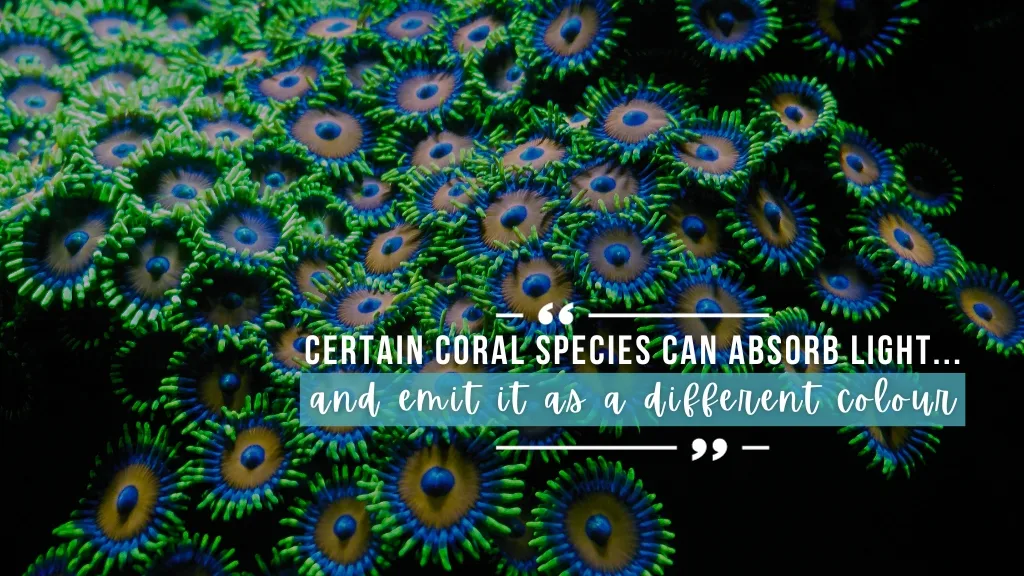
The colour of the emitted light depends on the protein that reacts. For most shallow-water corals, it is the green fluorescent protein (GFP), and the light produced is green. Other colours common in shallow corals are orange-red and purple-blue. For deeper corals, you might see yellow, orange or red light.
If you’re keen to spot some fluorescent coral on your next night dive, we recommend:
- using a UV or blue light torch
- using filters for your mask and/or camera
- avoiding full moon – the natural light can visually dampen the fluorescence
Kona Hawaii is known for its awesome night dives, and it’s the perfect place to search for fluorescent corals at night.
9. Corals enhance the marine medicine cabinet
The green fluorescent protein that enables corals to emit light was first discovered in a jellyfish back in 1961. However, it wasn’t until GFP was also found in members of the Anthozoa class (which includes corals) that the full potential of these proteins was realised.
Since then, scientists have harnessed the protein for medical research. It’s now possible to use genetics techniques to attach glow-in-the-dark “tags” to certain proteins. This enables scientists to observe molecular processes, including the behaviour of cancerous cells, and has led to huge advances in medical care.
Additionally, the structure of some coral species has been used in the field of tissue engineering, while others, like the soft coral Pseudptero-gorgia elisabethae, produce molecules with anti-microbial and anti-inflammatory properties.
Plus, it’s likely that there are many more medicinal products lying under the waves just waiting to be discovered!
10. Coral reefs make a lot of money
Given their beauty and biodiversity, it’s not surprising that coral reefs are huge in the tourism industry. Every year, snorkelers, anglers and, of course, scuba divers from around the world flock to coastal areas.
The money these tourists spend bolsters local economies by supporting businesses and providing jobs in the area. In fact, coral reefs around the globe generate an astonishing $375 billion every year through economic goods and services.
11. Corals need our help
Coral reefs are fundamental for maintaining healthy marine life, global food supplies, human health and our economies. Despite this, they cover just a tiny fraction of the seabed – in fact, coral reefs make up less than 1% of our oceans.
Sadly their small presence, combined with their super slow growth rate, makes coral populations particularly vulnerable to threats. Key threats to coral reefs include:
- coastal development
- climate change
- chemical and plastic pollution
- fishing (such as overfishing, dynamite fishing, and bottom trawling)
The impact of these threats is having drastic impacts on coral populations around the world. Tragically, it’s thought that up to 90% of coral reefs will be dead by 2050.
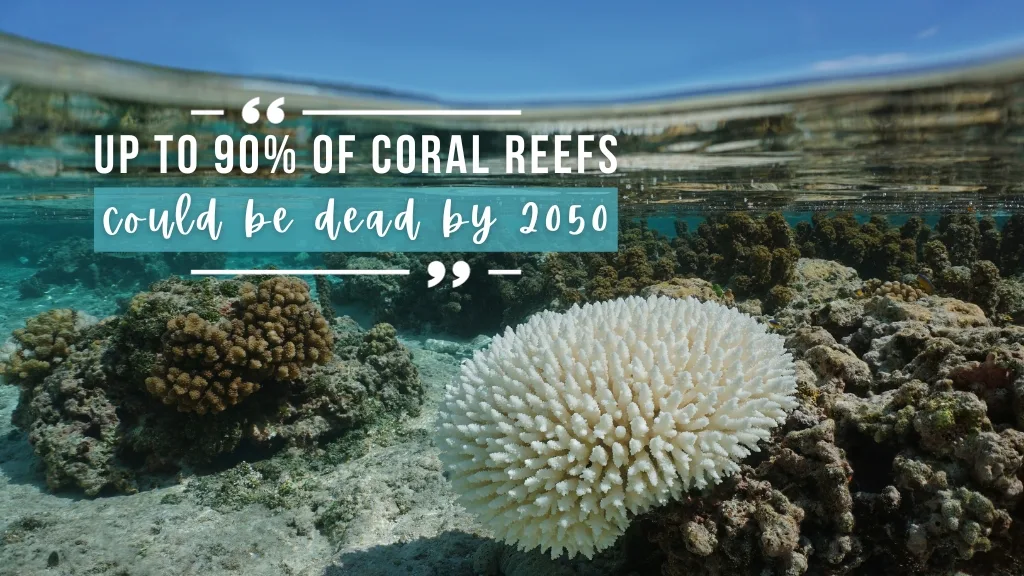
Less is understood about the impact of human activity on deep sea corals, as most of the seafloor has not yet been mapped. However, activities such as bottom trawling will certainly have had a negative impact.
Considering the immense challenges corals are currently facing, it is crucial for each one of us to do our bit to protect these underwater wonders. Through raising awareness, supporting conservation efforts, and making environmentally friendly choices in our daily lives, we can protect the oceans and the incredible life they hold.
Remember, our individual actions might only be a drop in the ocean, but collectively we can make waves.

About the Author
Rose has spent the last few years living in Europe, the Seychelles and Kenya, working as a dive instructor, writer and conservationist. She’s back in the UK at the moment and is slowly acclimatising to cooler waters!

